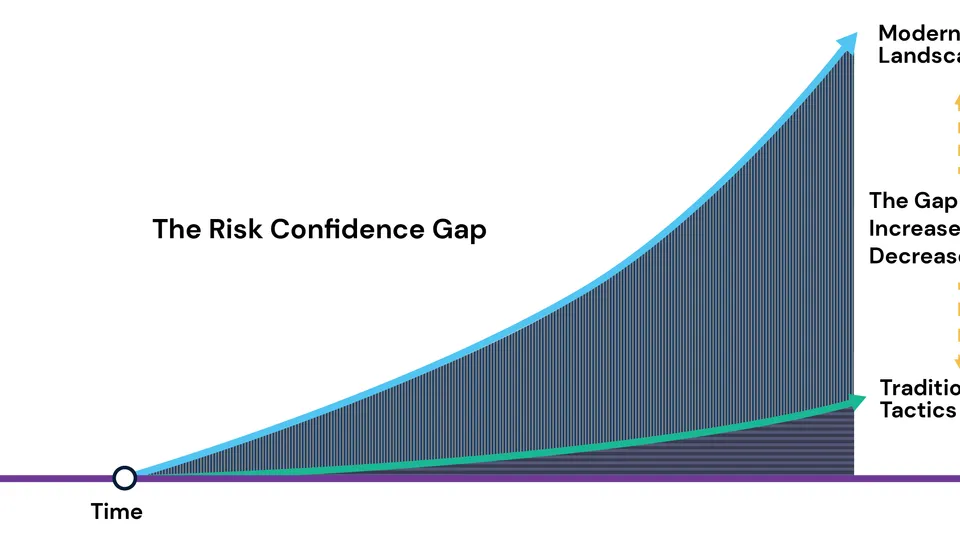Obtaining the identity, threat, and enterprise intelligence you need isn’t easy. Is the John Q. Smith applying for a new bank account the same John Q. Smith appearing on the Office of Foreign Assets Control’s Specially Designated Nationals and Blocked Persons list? Is the Hiroshi Tanaka seeking entry to the United States a real estate agent hoping to tour New York City with his family, or the Hiroshi Tanaka with known Yakuza ties? Is the hurricane likely to stay its current course, or dogleg to threaten an entirely new group of coastal communities? Do disgruntled employees or supply chain issues threaten your business?
Whether you work in the public or private sector, a never-ending torrent of digital data is available to help you make threat determinations. You work hard to analyze watchlists, registries, arrest records, and conviction records — to say nothing of the ocean of unstructured data hosted on the Internet. Analysts estimate that roughly 90 percent of the world’s data has been created over just the last two years,[1] and some days, it feels as if you have to wade through every byte of it to find the insight you need.
But if you’re like many professionals working in the fields of threat and risk identification and mitigation, you have no way to confidently and efficiently manage the volume and variety of data available for analysis — especially when that data appears in a broad array of languages and scripts. You’re stuck in the Risk-Confidence Gap, or the widening divide between the escalating amount of data that must be examined to identify and mitigate threats, and the resources you have available to monitor that data. As a result, your organization may suffer from delayed decision making and increased operational costs. It may incur regulatory penalties or reputational damage. In worst-case scenarios, the Risk-Confidence Gap may even imperil national security.
Match, analyze, and score your way out of the Risk-Confidence Gap
Deploying a “match, analyze, score” methodology to data analysis can help you more quickly and effectively obtain the insight you need to spot and mitigate threats and risks. This methodology should be applied to every assessment, regardless of the threat-detection technology used. First, investigators should match and resolve entities across datasets. Second, they should analyze structured and unstructured data for deeper insights. Finally, they should score threats and risks according to importance.
The match, analyze, score methodology is one employed by Babel Street. Working on the Babel Street Insights AI and data analytics platform, organizations can use this methodology to:
- Quickly and accurately match identities of individuals, businesses, and other entities across high-volume and high-velocity data — setting a strong foundation for risk analysis and decision-making. By leveraging advanced entity-resolution technology, our explainable AI reduces false positives by up to 99%. It also makes the complex process of identity resolution understandable: explainable AI helps you see the ‘why’ and ‘how’ behind your “match” and “no match” designations.
- Provide comprehensive analyses of structured and unstructured data to provide deeper insights, reveal hidden connections and patterns, and improve the accuracy of risk assessments. In doing so, the platform empowers you to make smarter, faster threat decisions — based on a more complete understanding of all relevant data.
- Merge a sophisticated, configurable scoring system with continuous monitoring to enable dynamic prioritization of risks and threats. Scoring transparency — combined with configurability to support an organization’s unique needs and explainability to verify insights — drives confidence. Our risk analytics provide a detailed and comprehensive view of the risk landscape, empowering users to allocate resources strategically and act on prioritized risks. Because scores are based on solid, verifiable data, users can be confident in their decision-making.
On the Babel Street Insights platform, risk is scored through complex algorithms which account for risk weights, key risk indicators, and mapping. Each dataset is weighted for importance based on your use case. Those datasets and document types more heavily weighted will be more relevant to the overall risk score. Searches are based on customizable key risk indicators. Data uncovered is mapped to specific risk and sub-risk categories.
A cutting-edge platform
While the match, analyze and score methodology works for any threat-intelligence technology, we find it works best on the Babel Street Insights AI and data analytics platform. This high-speed automation platform offers a single-pane-of-glass interface, providing the 360° insights needed for proactive risk identification. To deliver these insights, Babel Street examines sites and posts throughout the surface, deep web, and dark web — including more than 20 million unique URLs, a billion blog posts, 30 million message boards, more than 260,000 news sites and social media platforms; and you can pair it with your internal data. Seamlessly integrating with existing systems, the platform gathers and enhances this publicly available information and commercially available information to help you obtain the critical insights needed for in-depth risk assessment, real-time risk monitoring, and proactive mitigation.
As a result of working with Babel Street, customers often:
- Unify data from multiple sources into a single pane of glass
- Improve accuracy and reliability of identity, threat, and enterprise intelligence — thereby better spotting and mitigating risk
- Automate previously manual processes
- Reduce costs through a dramatic reduction in the number of false positives requiring human investigation
Don’t get stuck in the Risk-Confidence Gap. Deploy our AI-fueled analytics automation platform to help you match, analyze, and score data for enhanced identity intelligence, threat intelligence, and enterprise intelligence.
End Notes
1. Duarto, Fabio, “Amount of Data Created Daily (2023),” Exploding Topics, April 3 2023, https://explodingtopics.com/blog/data-generated-per-day
Disclaimer
All names, companies, and incidents portrayed in this document are fictitious. No identification with actual persons (living or deceased), places, companies, and products are intended or should be inferred.
Find out how to transform your data into actionable insights.
Schedule a DemoStay Informed
Sign up to receive the latest intel, news and updates from Babel Street.







